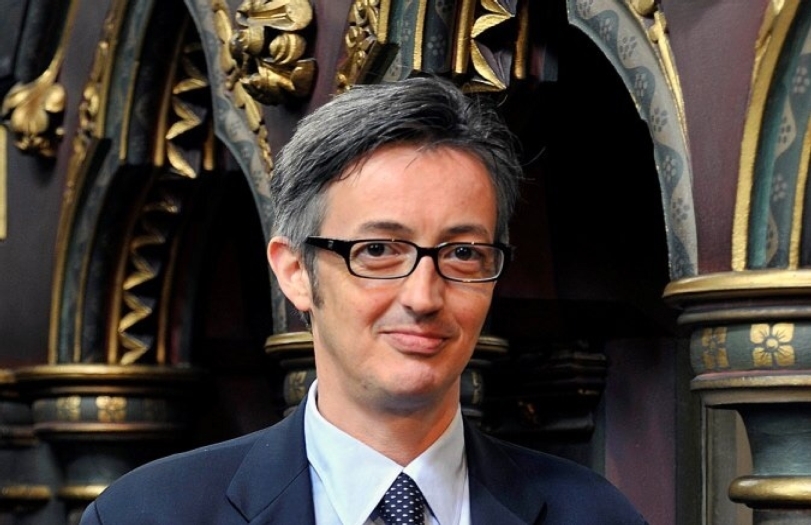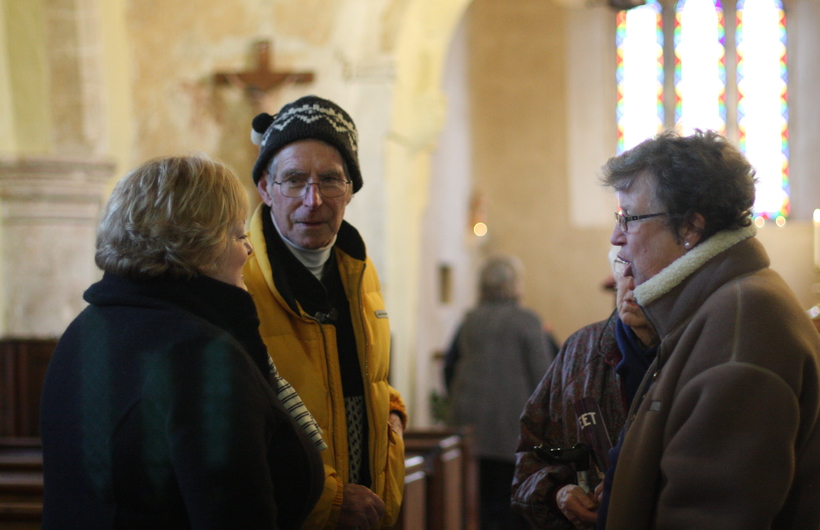"No, impact measurement should be kept simple and should serve above all to ensure that the money, time and effort goes to the right places and to the maximum effect. It should inspire and incentivise giving and investment and it should ensure that the best delivery gets the backing it deserves.
"More controversially – and rarely pointed out – effective demonstration of where delivery works best should also mean a spotlight on those who do it less well. If you’re using impact to identify and support best practice, once we know what works we need to put all the resources there and, conversely, let the less effective models and organisations go to the wall. Not many charities articulate that when they head off on this journey.
"Likewise if I’m a frontline charity that really feels it’s turning every penny and every minute of valuable staff and volunteer time, into practical action which changes lives, I need to find a way of telling people. We want to prove that we’re delivering what it says on the tin, convincing potential supporters that we’re the ones to back with further investment. Impact measurement needs to do that.
"The CCT has just launched our own Impact Report which shows how the investment we make in historic churches and the communities around them, brings wider benefits to the economy, the environment and to society. For example our annual conservation programme keeps 70 skilled craftspeople in full time employment. We're quite proud of what we and our many volunteers achieve across our 347 hugely varied sites; I'd love to know what you think.
"Our Regeneration Taskforce is also developing models for impact measurement which can be used by local communities running their own heritage and regeneration projects, including a new 'theory of change' model. More of this to come..."



